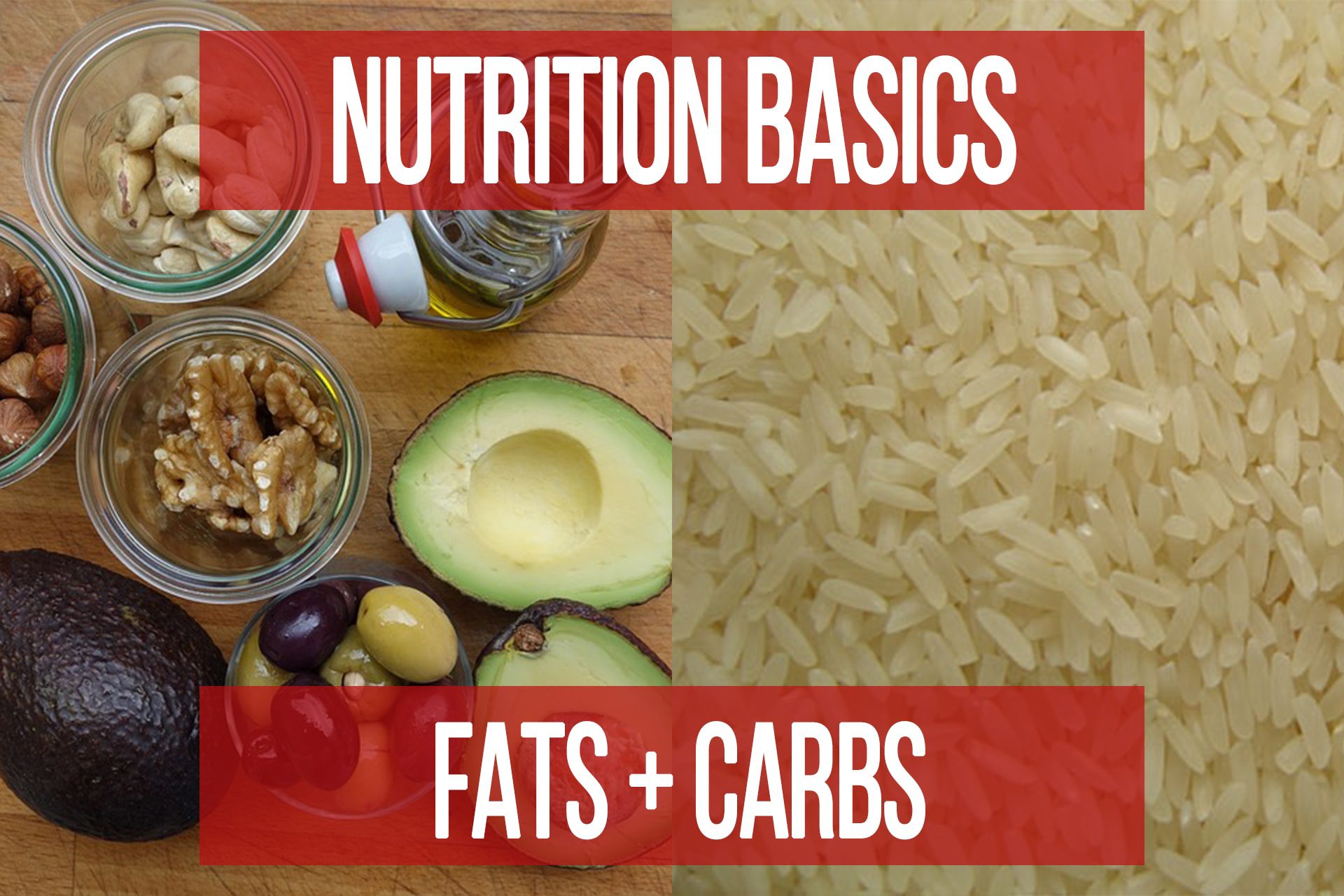Fat Types & Sources
n1 training
This will be a quick-reference guide to the different types of fats, some of their characteristics, and a few recommendations when considering your sources and amounts of fat intake.
There are two main categories of fatty acids, saturated and unsaturated. Each category contains sub-categories based on the characteristics of the fatty acid. All of these types of fatty acids play important roles in the health and function of your body, except for one which will be covered below.
Saturated Fats
Saturated fats are not evil. They are essential for healthy hormone levels. Specifically cholesterol which is integral in the body’s natural production of steroid hormones such as testosterone.
These should generally not make up the majority of your fat intake, but it is important not to exclude them either. A reasonable baseline would be anywhere between .06-.14 grams per pound of lean body mass, or 15-35% of your daily fat intake. This of course can vary based on the training and how much of your calories are coming from fats.
One way to identify this type of fat, is that it is solid or semi-solid at room temperature. Due to their structure, they are more stable when heated than unsaturated fats and can be used for cooking at moderate temperatures.
Some examples of healthy sources of saturated fats include; grass-fed butter, coconut oil, ghee, and eggs.
Unsaturated Fats
Monounsaturated fats and polyunsaturated fats should generally make up a higher percentage of your total fat intake. Unsaturated fats are helpful in keeping your cell membranes healthy and able to transport nutrients efficiently.
Unsaturated fats are mostly found in plant-based sources, but there are some that are found in animal sources too.
Due to their structure, they can easily become unstable at elevated temperatures. So it is not recommended to cook with them (olive oil for example) as this can make them go rancid and become highly inflammatory while losing many of their benefits in most cases.
One of the most important groups of fatty acids in this category are referred to as essential fatty acids (EFAs). This includes omega 3s, 6s, and 9s. These EFAs play a role in maintaining your cells’ regulation of inflammatory signals, which influences both recovery and the cells’ ability to partition nutrients. This means you’ll more easily take up glucose to muscle tissue for repair instead of storing it in fat tissue. This is one of the reasons that having adequate amounts of EFAs are imperative to optimize body composition.
Have a Question for Us?
Please Log In to Submit Your Question
Omega-3s For Health & Body Composition
articleBody Composition FREE Health and Longevity Nutrition Supplementation
Popular Pages
Learn & Train With Us
Add N1 Training to your Homescreen!

Please log in to access the menu.





